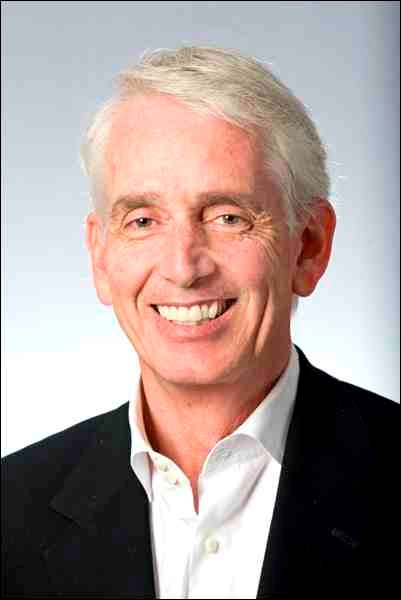Saskatchewan is a unique province in Canada.
Traditionally an agricultural province, it has a population smaller than Edmonton's spread over an enormous geographic area. This uniqueness has, understandably, led to differences in education when compared to the rest of the country.
Reflecting the province's farming roots, the oldest faculty at the University of Saskatchewan is agriculture. But the second-oldest faculty, the faculty of arts and science, reflects another important quality of Saskatchewan - its sparseness.
Peter Stoicheff, professor and dean of the college, has been touring smaller Saskatchewan communities to speak with high school principals and the media, and strengthen the already-strong relationship that exists between the province's regional colleges and the college of arts and science itself. After all, it is the relationship between regional colleges and the university that makes the College of Arts and Science unique.
Unlike much of the rest of Canada, where the college system is largely vocational, the college of arts and science works as part of the province's post-secondary institutions, making it more like a university than a college, Stoicheff says. This relationship has meant that the province's two universities have enjoyed historically close relationships with regional colleges.
One important, specifically Saskatchewanian product of this relationship has been the college's structure, which takes into account the importance of small towns to Saskatchewan, he explains.
At the moment, students in the college can take their courses without moving to the big city, at least for the first year. The courses are identical to what would be received from the universities, are run by university instructors and overseen by the universities themselves. And the universities, significantly, streamline the process of transitioning from a regional college to the university itself, even working with regional colleges to have experiences from vocational colleges like SIAST accepted.
"A lot of people ask me if we're in competition with institutions [like SIAST] and I always say that we're not at all. In fact, we need to be working hand-in-hand with them, because if you find that you're going into a trade, but you have a post-secondary education as well, you're going to find yourself more in a leadership role or a managerial role."
In the course of his tour, Stoicheff spoke to administrators of regional colleges around the province to see how the program should be changed. He emphasized that changes to the program, if they occur, will be tailored to the specific situations of each regional college. This could mean keeping programs as they are, offering more course options, or expanding programs so they are offered for two years rather than just one. The university has many new technological tools to implement many of these changes, from online (or partially online) course delivery to video-conferencing.
The college is also in the midst of a curriculum reform, a process that has had Stoicheff speaking to employers around the process to ensure their needs are "built into any every single program you can possibly take."
"So that when you get out of a physics program, you've been exposed to communications skills and leadership skills, working in a group, global awareness, aboriginal cultural awareness, and so on. Not just in a hit-and-miss way, but deliberately and strategically."
Besides meeting with college administrators, Stoicheff's other purpose for his visit was to speak to high school principals to stress the importance of a university education and the value of an education from the college of arts and science specifically. For Stoicheff, the benefits are not only personal, but financial as well. He pointed to a Statistics Canada report that showed students with a bachelor's degree earn around $28,000 more annually than those with only a trade certificate or diploma. The gap becomes even more marked when compared to a master's degree or doctorate.
"You are essentially a lot more recession-proof getting an arts and science kind of degree and we know that the main problems that the world faces today, whether poverty, racial or religious problems, or food security, we know that these problems are not going to be answered by a single vocation or a single profession. They're going to be answered by a lot of people from a lot of different perspectives coming to the table to put their heads together.
With high school seniors considering their path after graduation, Stoicheff suggested many undecided students might want to consider his faculty, whether they want to remain at home or move to the big city.
"The college of arts and science is the only place where we have everything from the fine arts to the hard sciences. When you have them all under the same administrative roof, you can be creative about bringing them together for the benefit of students."

.png;w=120;h=80;mode=crop)

.png;w=120;h=80;mode=crop)
